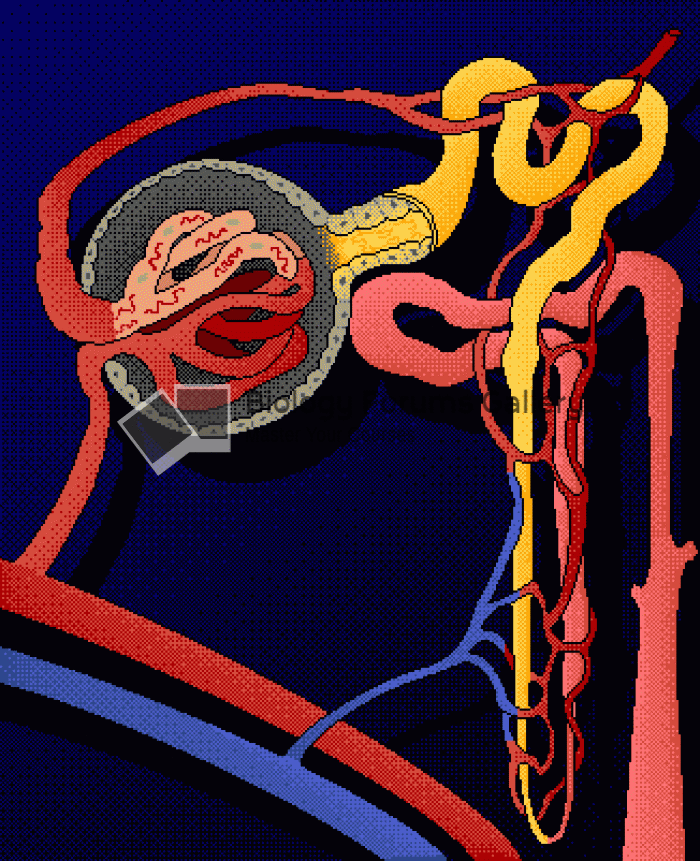Answer to Question 1
Correct Answer: 2
Rationale 1: When given IV, acyclovir is associated with nephrotoxicity, but decreasing protein intake will not decrease the potential for kidney damage.
Rationale 2: When given IV, acyclovir is associated with nephrotoxicity, so ensuring that the infusion is administered slowly and that the client is properly hydrated can lessen the potential for IV toxicity.
Rationale 3: Monitoring BUN levels is important, but another intervention is more crucial to decreasing the risk of kidney damage.
Rationale 4: When given IV, acyclovir is associated with nephrotoxicity. Oral fluids should not be limited.
Global Rationale: When given IV, acyclovir is associated with nephrotoxicity, so ensuring that the infusion is administered slowly and that the client is properly hydrated can lessen the potential for IV toxicity. Decreasing protein will have no effect. Monitoring BUN levels is important but will not prevent damage. Oral fluids should not be limited.
Answer to Question 2
Correct Answer: 4
Rationale 1: Oseltamivir (Tamiflu) and zanamivir (Relenza) should be given within 48 hours of the onset of symptoms.
Rationale 2: When oseltamivir and zanamivir are given within 48 hours of the onset of symptoms, their use can shorten the normal 7-day course of influenza to 5 days.
Rationale 3: Oseltamivir (Tamiflu) and zanamivir (Relenza) should be given within 48 hours of the onset of symptoms, not at the same time as the vaccine.
Rationale 4: Oseltamivir (Tamiflu) and zanamivir (Relenza) are examples of a new classification of drugs called neuraminidase inhibitors that are used to treat active influenza infection. When given within 48 hours of the onset of symptoms, their use can shorten the normal 7-day course of influenza to 5 days.
Global Rationale: Given within 48 hours of the onset of symptoms, the two neuraminidase inhibitors, oseltamivir (Tamiflu) and zanamivir (Relenza), will shorten the normal 7-day duration of influenza symptoms to 5 days.







